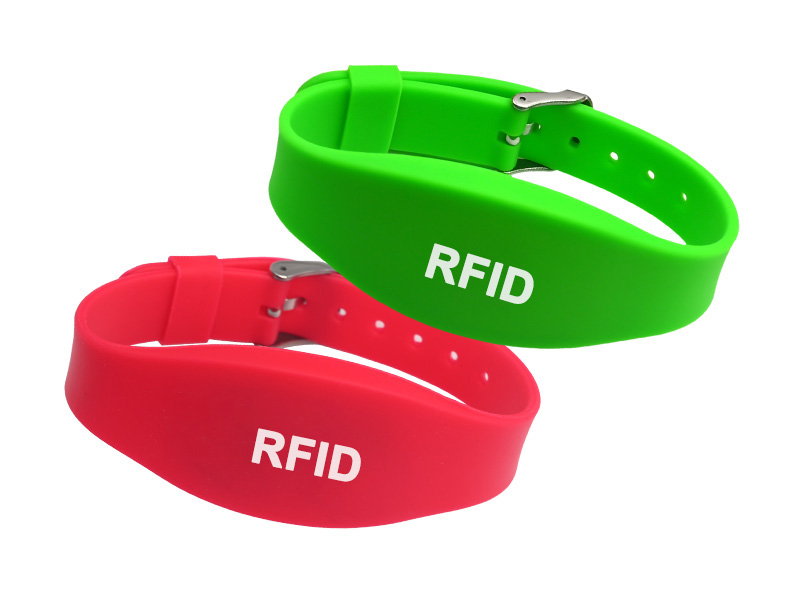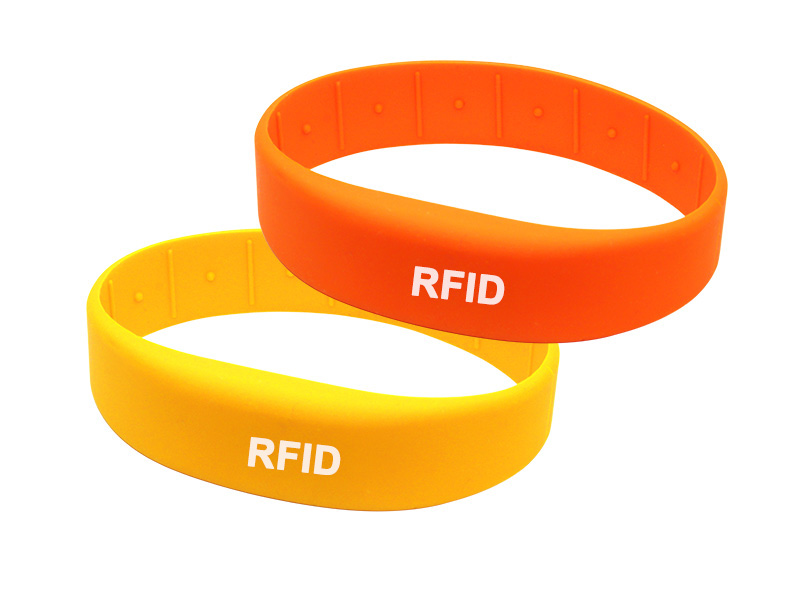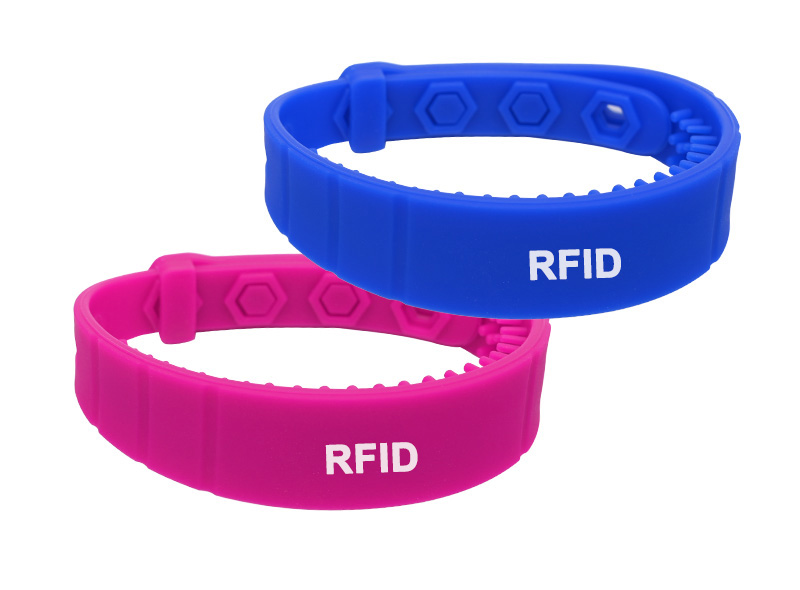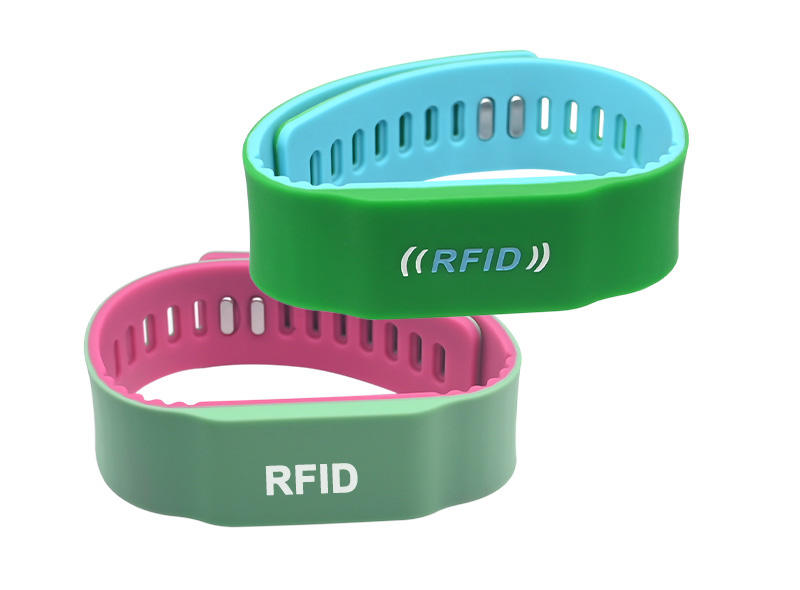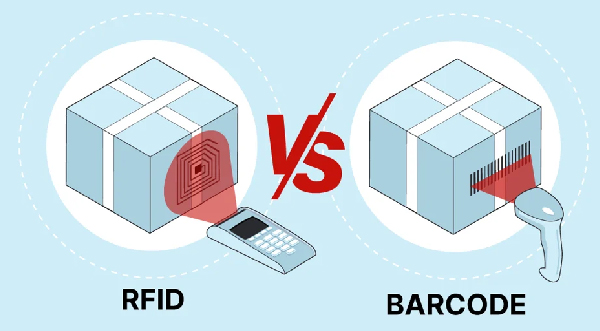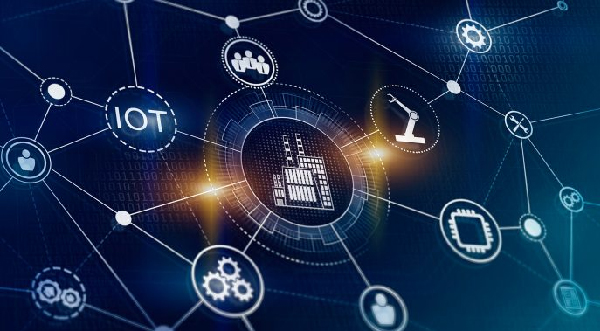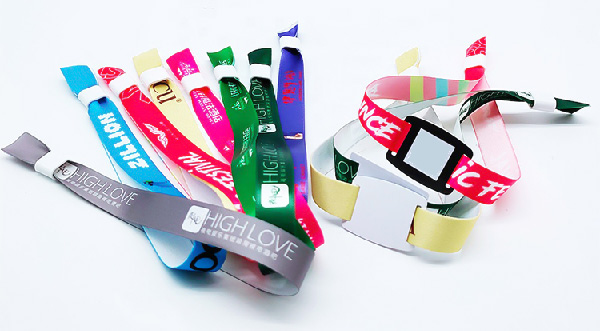RFID Internet of Things
RFID (Radio Frequency Identification) and the Internet of Things (IoT) are two powerful technological trends that, when combined, can promote more efficient data collection, asset management, and intelligent decision-making. The following is detailed information about the application, advantages, challenges, and future development directions of RFID in the Internet of Things.
1. Definition and role of RFID in the Internet of Things
RFID is a technology that uses radio frequency signals for non-contact automatic identification. RFID systems typically consist of RFID tags, readers, and backend data management systems. RFID tags are attached to objects and identify and track them by transmitting and receiving wireless signals.
The Internet of Things is a network that connects various devices, sensors, and systems that can collect and exchange data. The application scope of the Internet of Things is extremely wide, including smart homes, smart cities, industrial automation, etc.
After combining RFID technology with the Internet of Things, items can be monitored and data shared in real-time through the network, thereby achieving automated and intelligent management and control.
2. Application scenarios of RFID IoT
Asset management: Enterprises can use RFID tags to identify and track the location and status of items, such as asset management in warehouses, retail stores, and hospitals.
Logistics and Supply Chain: Tracking the location and status of goods during transportation through RFID tags to improve the visibility and efficiency of the supply chain.
Intelligent inventory management: RFID can help retailers and warehouse managers monitor inventory levels in real-time, automatically replenish inventory, and reduce stockouts and excess inventory.
Healthcare: Hospitals can use RFID to track patients, equipment, and medications, improving the efficiency and safety of medical services.
Intelligent Manufacturing: In the context of Industry 4.0, RFID can be integrated with production equipment, sensors, and control systems to achieve real-time monitoring and automatic adjustment of the production process.
Environmental monitoring: In sensitive environments, temperature, humidity, and other environmental data are collected through RFID devices to ensure that conditions meet standards.
3. Advantages of RFID Internet of Things
Real time data collection: RFID can automatically collect data, eliminate manual recording errors, and improve data accuracy.
Improve efficiency: By automating asset tracking and management processes, reduce labor costs and improve operational efficiency.
Enhance visibility: In supply chain and asset management, RFID provides real-time location and status information for faster decision-making.
Supporting data analysis: When combined with IoT platforms, the data collected by RFID can be deeply analyzed, providing insights for enterprises and supporting intelligent decision-making.
Reduce loss and theft: RFID can monitor assets in real-time, reducing the risk of item loss and theft.
4. Challenges of RFID IoT
Cost issue: Although the cost of RFID tags is gradually decreasing, their initial investment and maintenance costs still need to be considered for large-scale deployment.
Data Privacy and Security: RFID systems may face the risk of hacker attacks or data breaches, therefore security measures need to be strengthened.
Standardization issues: Different RFID technologies, frequencies, and protocols may lead to interoperability issues, affecting the overall performance of IoT systems.
Environmental factors: In certain environments, such as near metals or liquids, RFID signals may be interfered with, leading to reading failures.
Technical complexity: The integration of RFID and IoT technology may involve compatibility and data integration of multiple systems, increasing the complexity of the project.
5. Future development direction
Smart tag technology: Future RFID tags will be more intelligent, with stronger data processing capabilities, able to communicate directly with cloud platforms, and achieve more complex functions.

Integrating multiple technologies: RFID will be integrated with other technologies such as sensors, GPS, NFC, etc., to form more complex IoT solutions.
Combination of cloud computing and edge computing: By combining RFID data with cloud computing and edge computing, real-time analysis and processing of data can improve the speed and accuracy of decision-making.
Enhance data security: With the increasing awareness of network security, more technologies and standards will be adopted to ensure the data security of RFID and IoT systems.
Market application expansion: With the advancement of technology, the application of RFID in more industries and scenarios will gradually expand, including smart cities, smart agriculture, etc.
summarize
The combination of RFID technology and the Internet of Things provides powerful tools for enterprises and organizations to achieve intelligent and automated management. Despite facing some challenges, with the continuous advancement of technology and the reduction of costs, the application prospects of RFID IoT in the future will be even broader. If you have specific questions or would like to delve deeper into a particular area, please feel free to let me know!

